When is a sunfish a sunfish or not? The riddle of speciation and how we define which animals belong to which taxonomic group is a long and tangled tale (and is by no means solved in modern biology!)
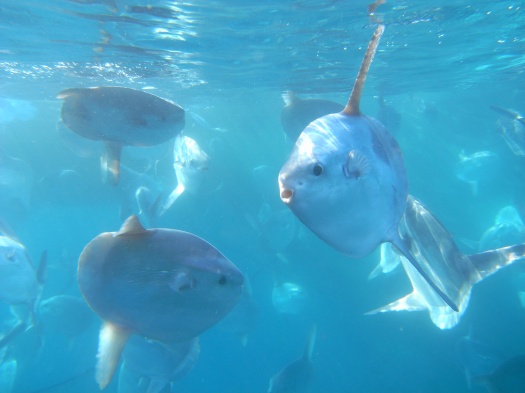
Sunfish having an existential crises: what am I?
To consider ‘what is an ocean sunfish’, really we need to be thinking about what makes a species? How do we define types of creature? Typically at school we are taught that a species is a group of living organisms which are capable of breeding or exchanging genes and producing viable, fertile offspring. However, as is often the case in life, things are rarely as simple as they first seem… so bring on the fun!
Speciation occurs when new environmental opportunities pop up and creatures start to take advantage! Of course some individuals may have traits that make them better suited to the new way of living than others and if they can become more successful at feeding or finding breeding sites etc. then they can produce more successful offspring with those traits and the group slowly evolves to perfectly make the most of the niche presented. This can occur through several pathways:
1) Physical division of a population i.e. by formation of a mountain range or river (known as allopatric speciation)
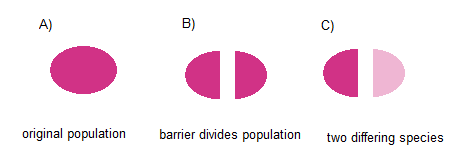
2) When small groups break away from a larger population and become isolated (peripatric speciation) enabling traits within the smaller group to become more distinguished
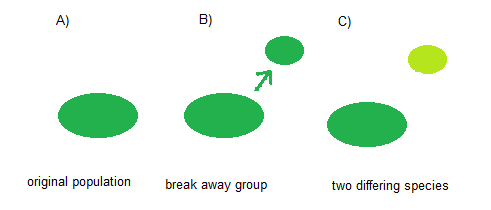
3) If a population becomes increasingly spread out over a large area they may form regional groups (parapatric speciation) where although mixing between groups is possible, it becomes less likely and each group adapts to local conditions

4) Or when new niches occur and some groups find new advantages such as different food sources to take advantage of, and despite the lack of physical barriers or distance, begin to diverge from the original species (sympatric speciation)

To make matters more complex, hybridisation between certain closely related groups is sometimes possible. An interesting example of this is occurring currently in Alaska and parts of Canada where polar bears and grizzly bears (two differing species) are suddenly coming into close contact due to shrinking sea ice forcing polar bears south, and rising land temperatures driving grizzly bears north. The two groups have been divided by habitat preferences over evolutionary time periods and each is a defined species in its own right.
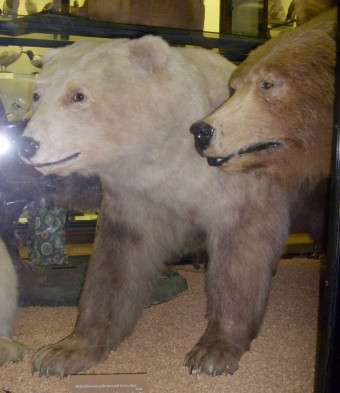
However, reports of hybrids (known as pizzly or grolar bears) are becoming increasingly frequent and recent research shows that these hybrids are actually fertile. Evolutionarily speaking, it makes sense for differing species to avoid interbreeding as this would reduce specialisation to local environments i.e. a growler bear is less adapted to icy environments than a polar bear and also less adapted to temperate forests than a grizzly bear so its chances of
survival are reduced. But technically are they different species? Well if we use the traditional definition then no, but ecologically speaking yes. Confused yet? (I sure am!)
Other issues with defining a species based on the traditional “breeding and producing fertile offspring” arise from species that don’t have sex (bacteria, some lizards/sharks/plants) and it is useless for fossil species. So in practise, biologists use a whole range of concepts to tease apart what makes a species.
So come on, how do we recognise a species? Traditionally, this involved classifying animals based on comparisons of body shape (morphology), but now this also includes behaviour, evolutionary history and genetics, and yes there are still frequent arguments among the scientific community as to what can be classed as what.
In terms of the sunfishes, there are currently four recognised, defined species
1) Mola mola (my favourite naturally!) also known as the ‘Ocean Sunfish’
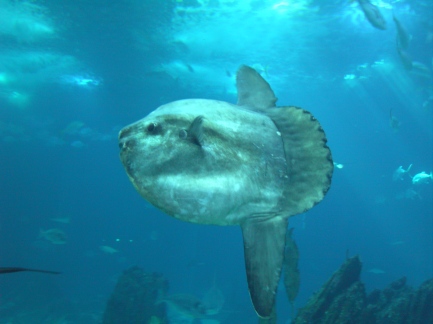
2) Mola ramsayi, a closely related group also called the ‘Southern Ocean Sunfish’
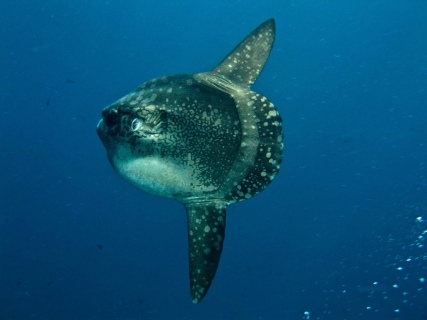
3) Masturus lanceolatus, the ‘Sharp-tailed Mola’
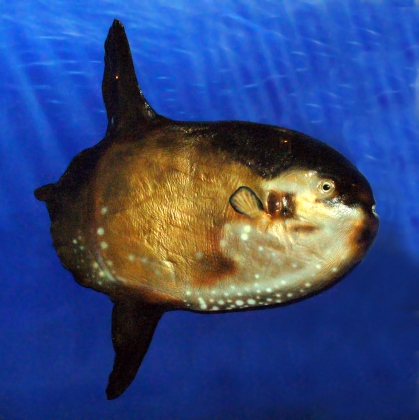
4) Ranzania laevis, ‘Slender Mola’
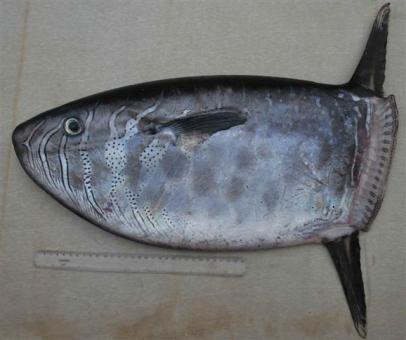
I will go into a more detailed overview of each of the above species in the follow blog posts (and *spoiler alert* this is by no means an exhaustive list!) Recent research suggests there might be up to 3 new species of Mola mola alone, indistinguishable to the eye, but genetically distinct… however these species have not yet been formally reviewed or named so watch this space!
Many thanks to Wikimedia Commons for providing the photographs used in this blog and as always, if you would like to get in touch or if you spot a sunfish (esp. a stranded specimen) please use the channels below:
Comments section on this blog
Twitter: @SunfishResearch
Email: nphillips01@qub.ac.uk